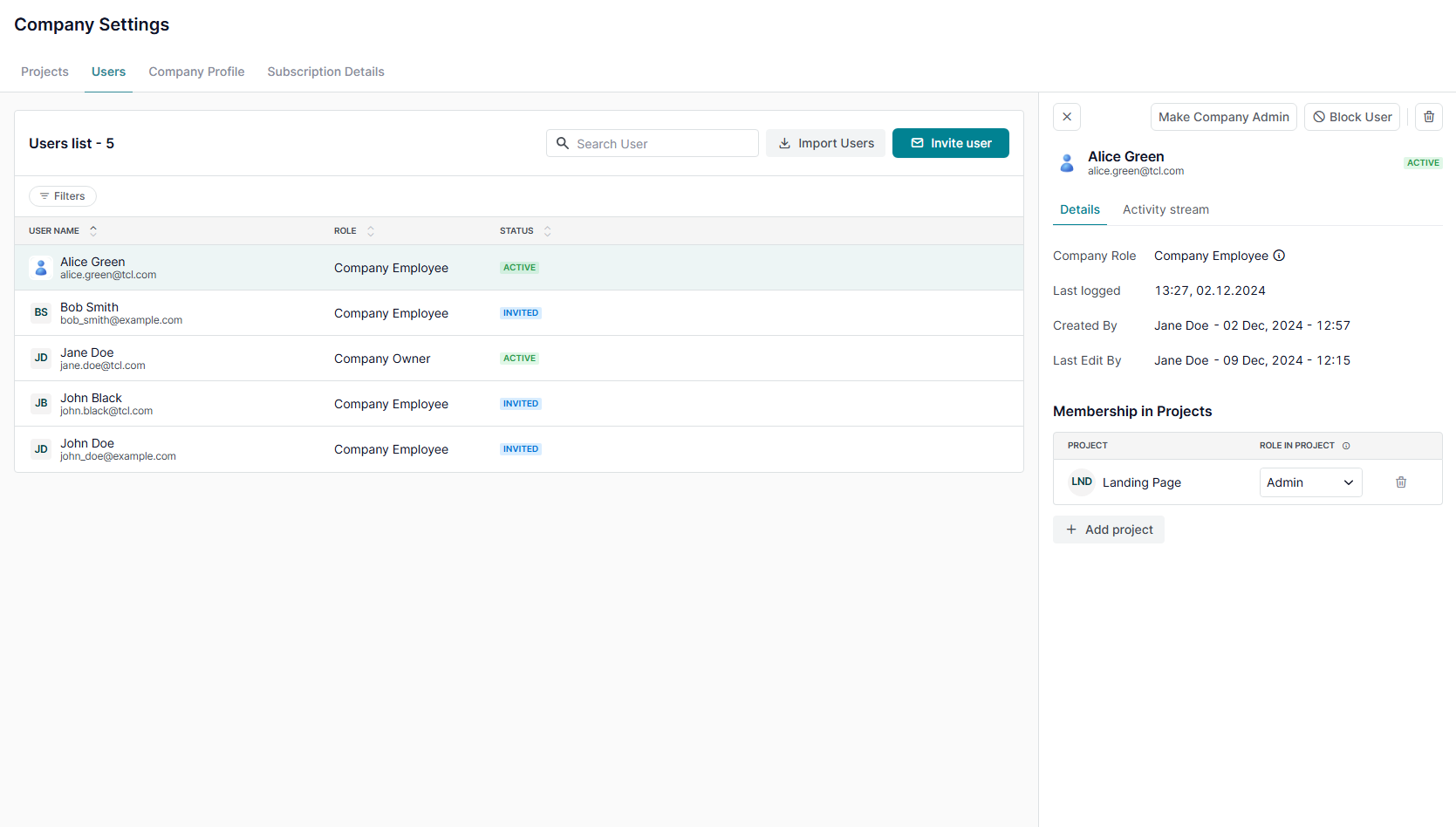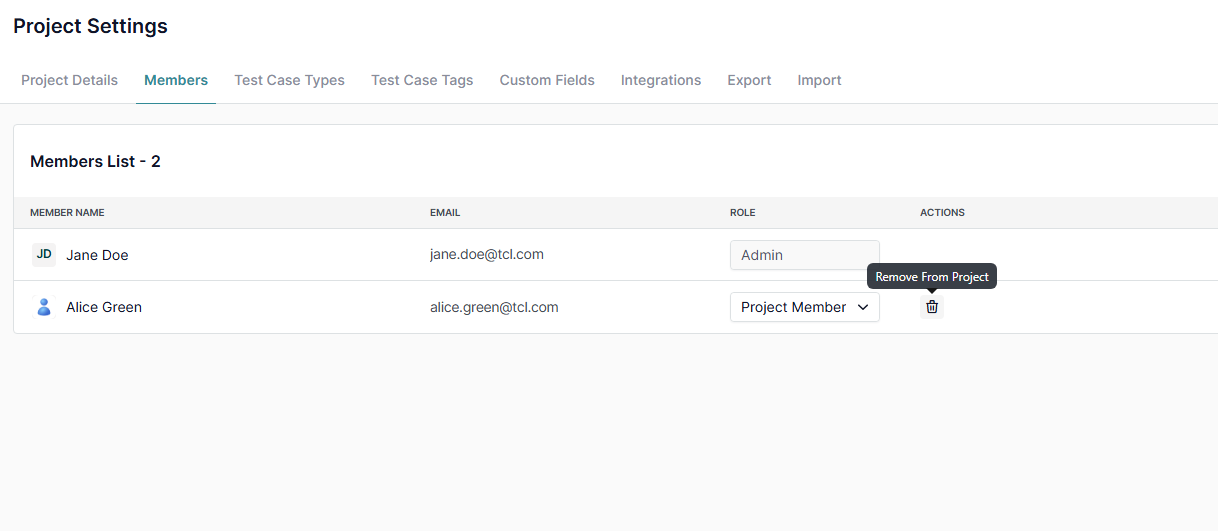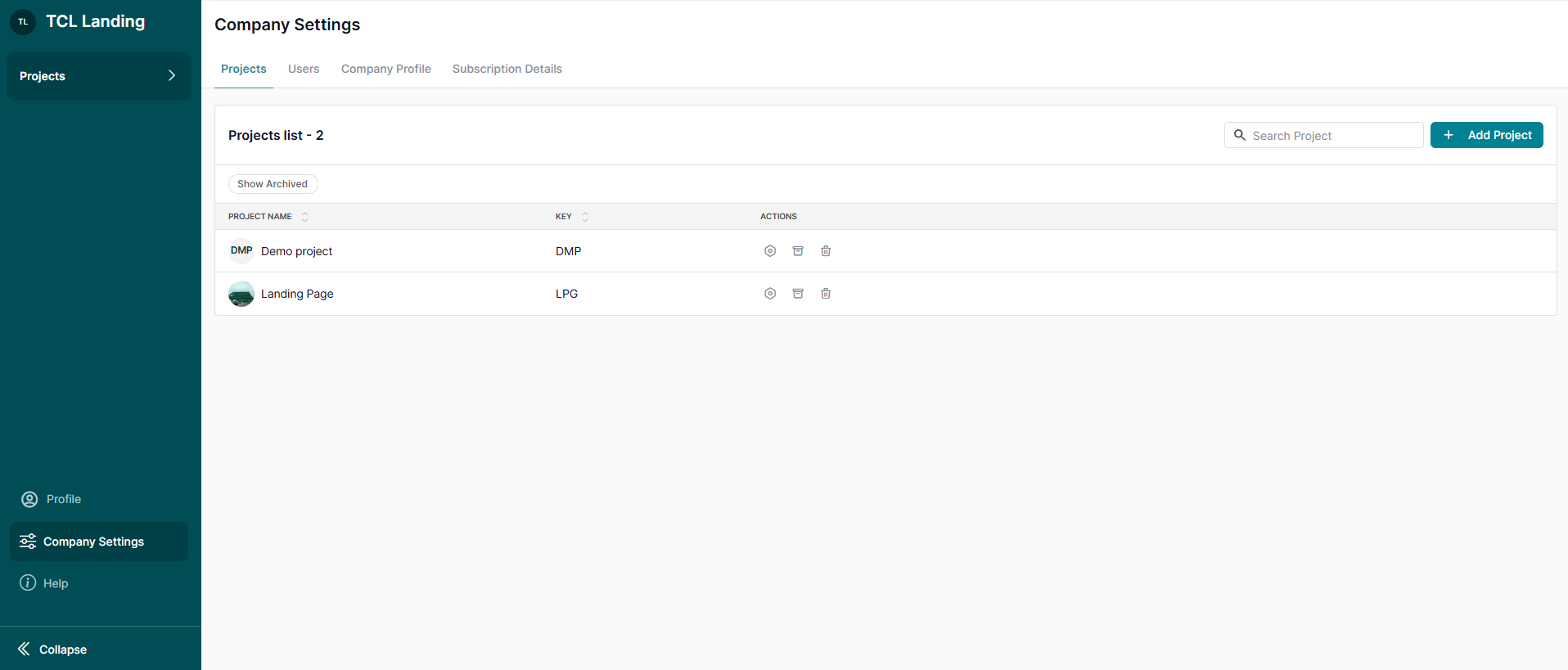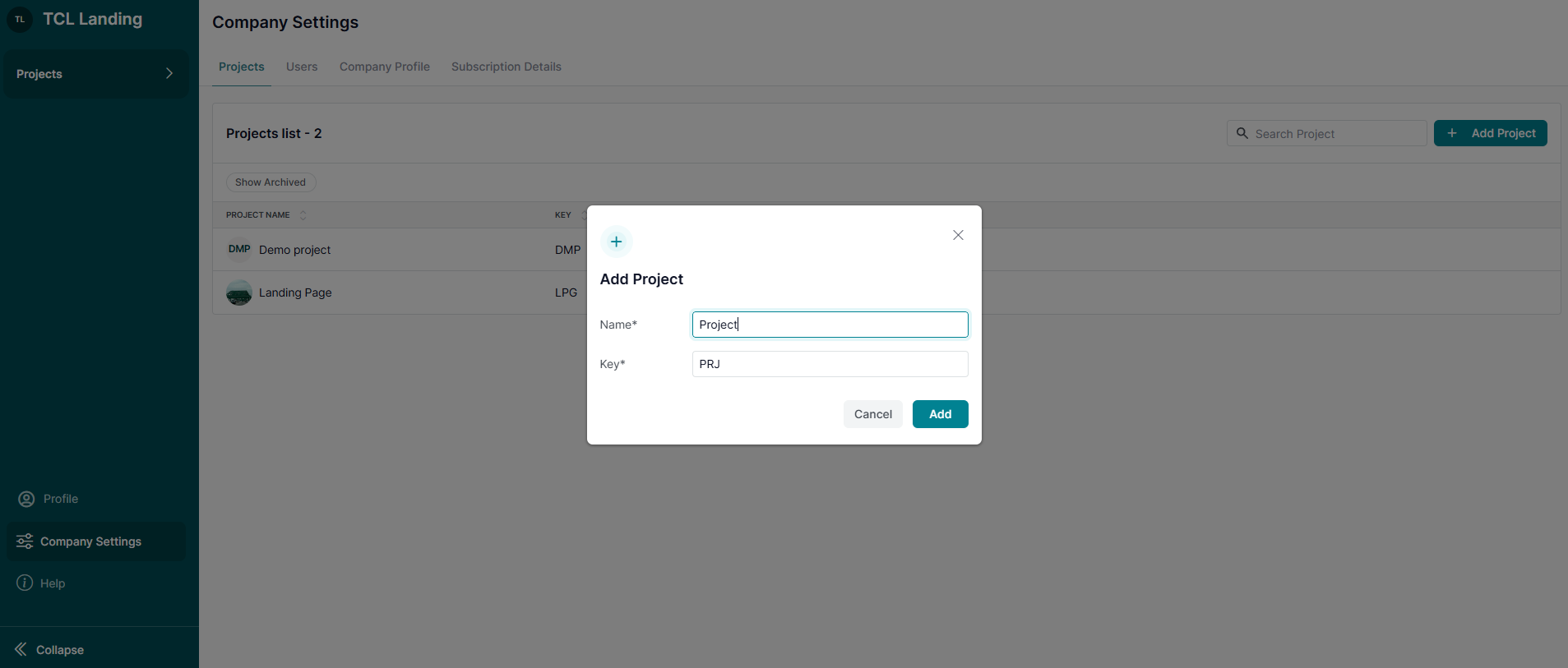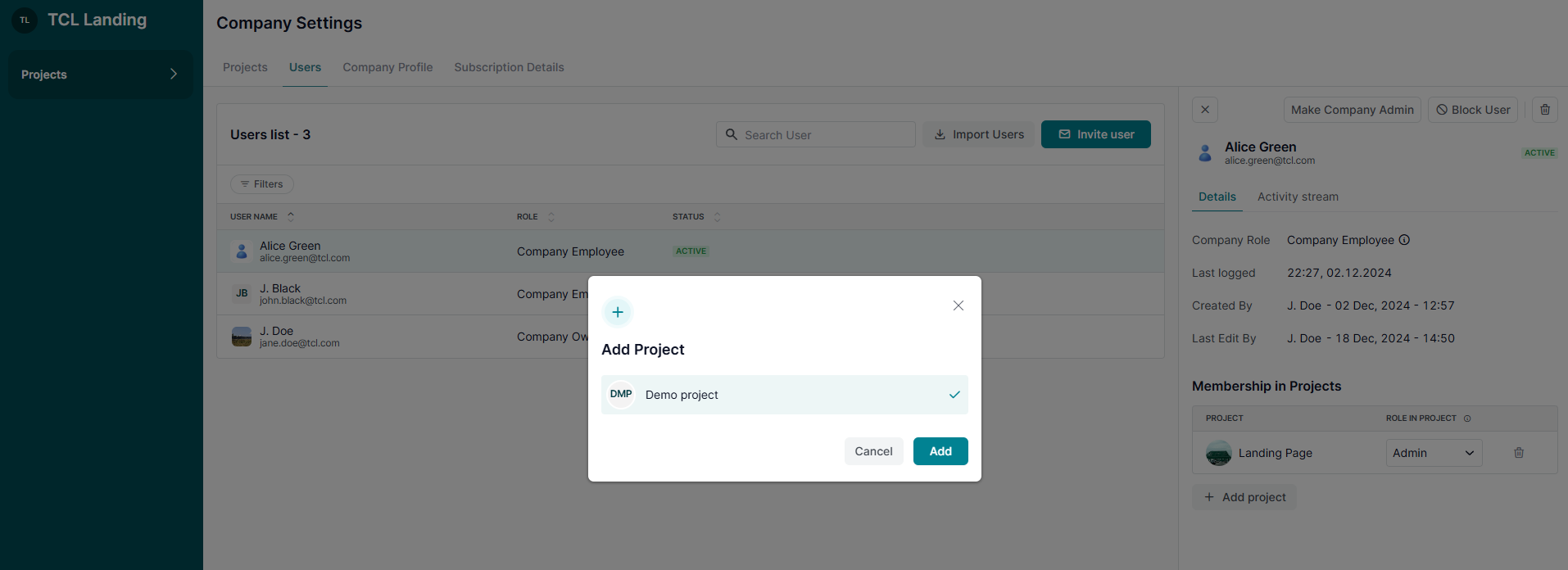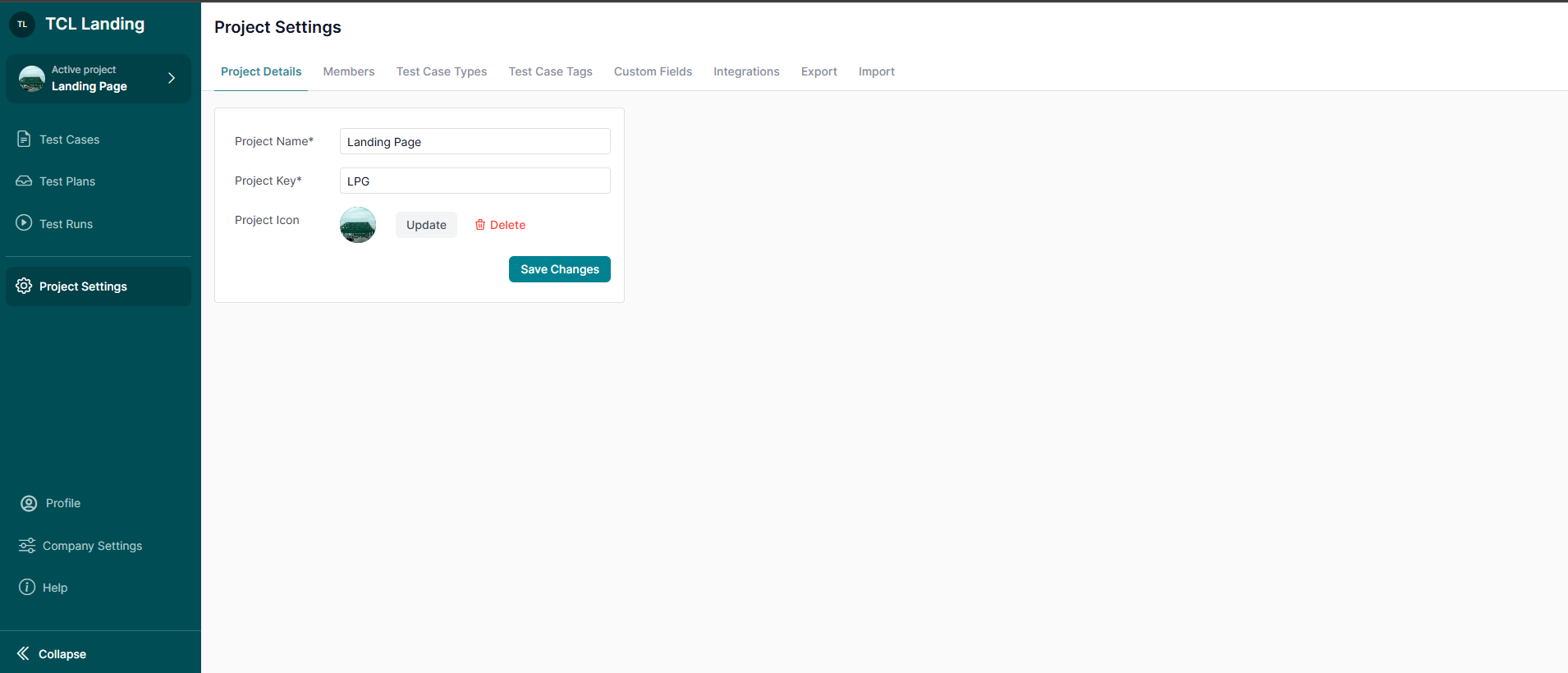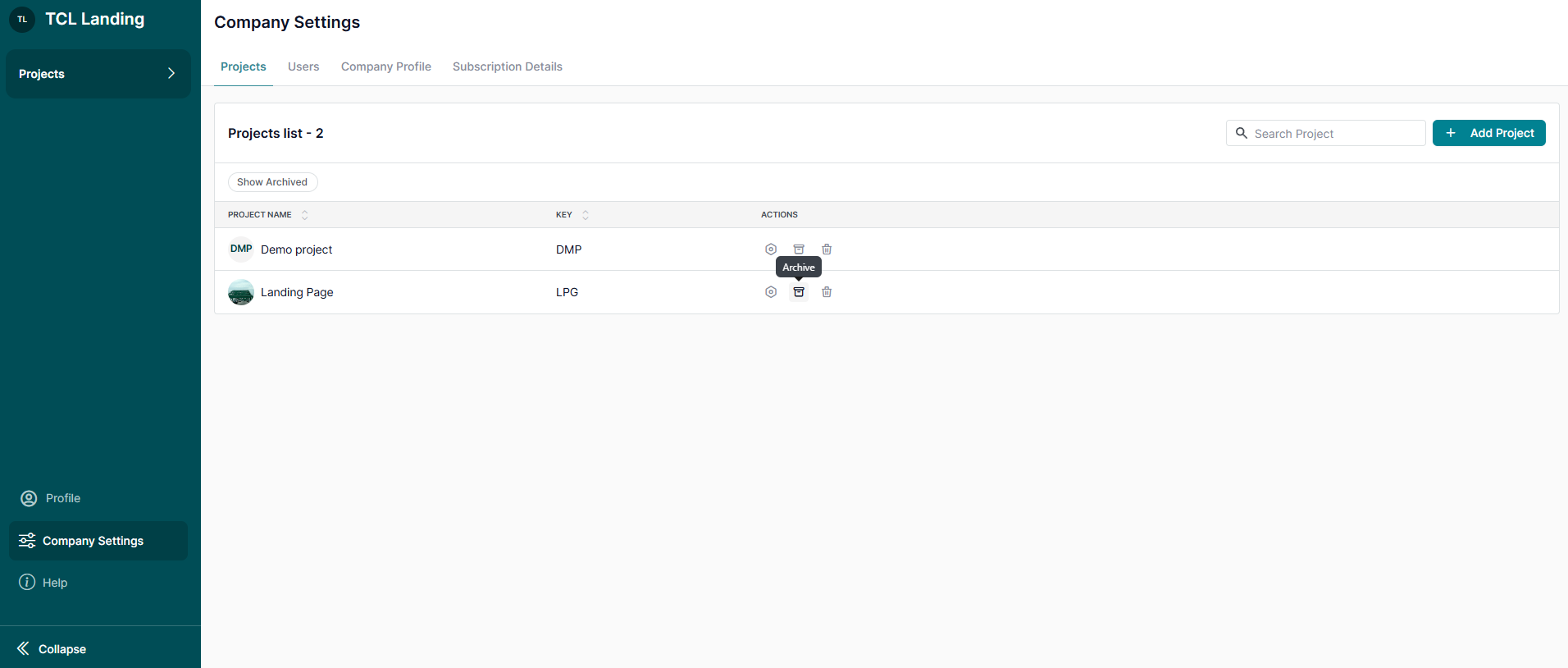Learn how to set Jira (server-based) integration following the instructions below.
1. Log in to your Jira account
First of all, you should log in to your Jira (Server Based) account to integrate TestCaseLab with Jira.
2. Set up Connection
- Go to your TestCaseLab Company Account, and open your Project.
- Click on the Project Settings and navigate to the ‘Integrations’ tab
- Choose the Jira issue-tracking tool from the list
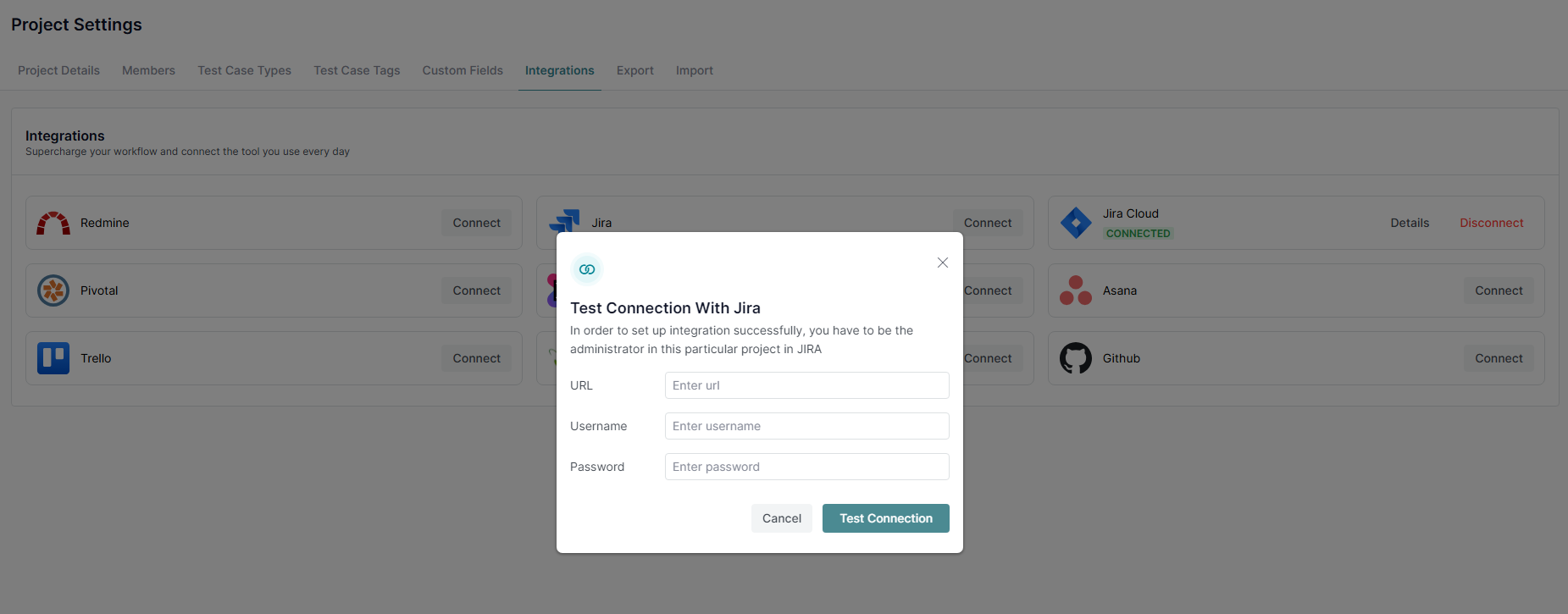
- In the respective field enter your Jira URL (required format: http://jira.YOURDOMAIN.com/).
- Enter your Jira Username.
Note: In order to find your Jira Username please navigate to your Jira Account and click on your Profile

- Copy your Username from the Summary tab:

- Enter your Jira Password into the integration form.
- Confirm the action.
You can check your connection by clicking on the 'Test Connection' button.
If there are no issues and the Connection is established, you can proceed with Integration and save the changes.
Once you receive a ‘Connected’ notification, it means your connection is established with no issues and you can report your defects to Jira directly from TestCaseLab.
What’s Next?
If you have questions or need assistance, our support team is always ready to help.


.webp)


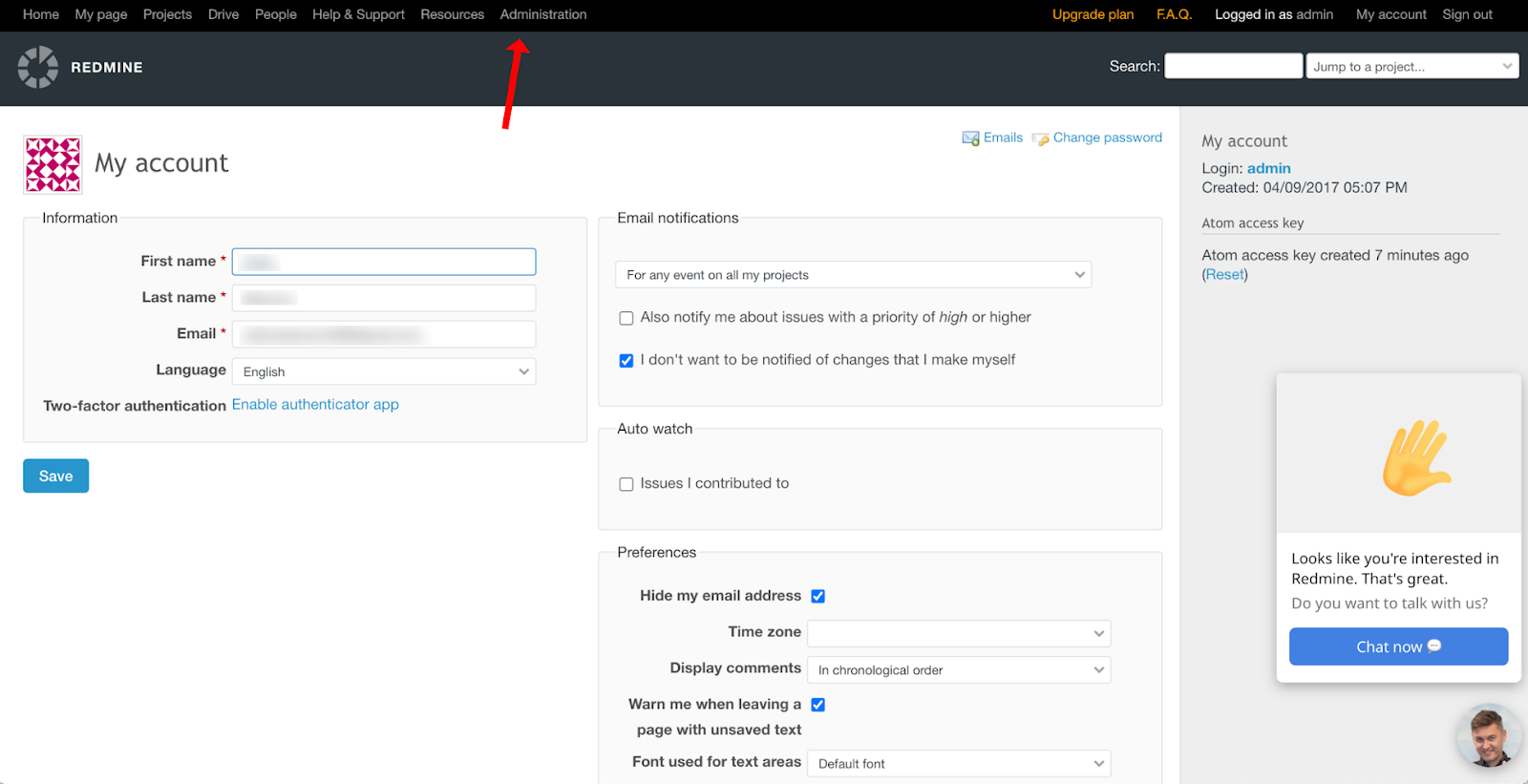
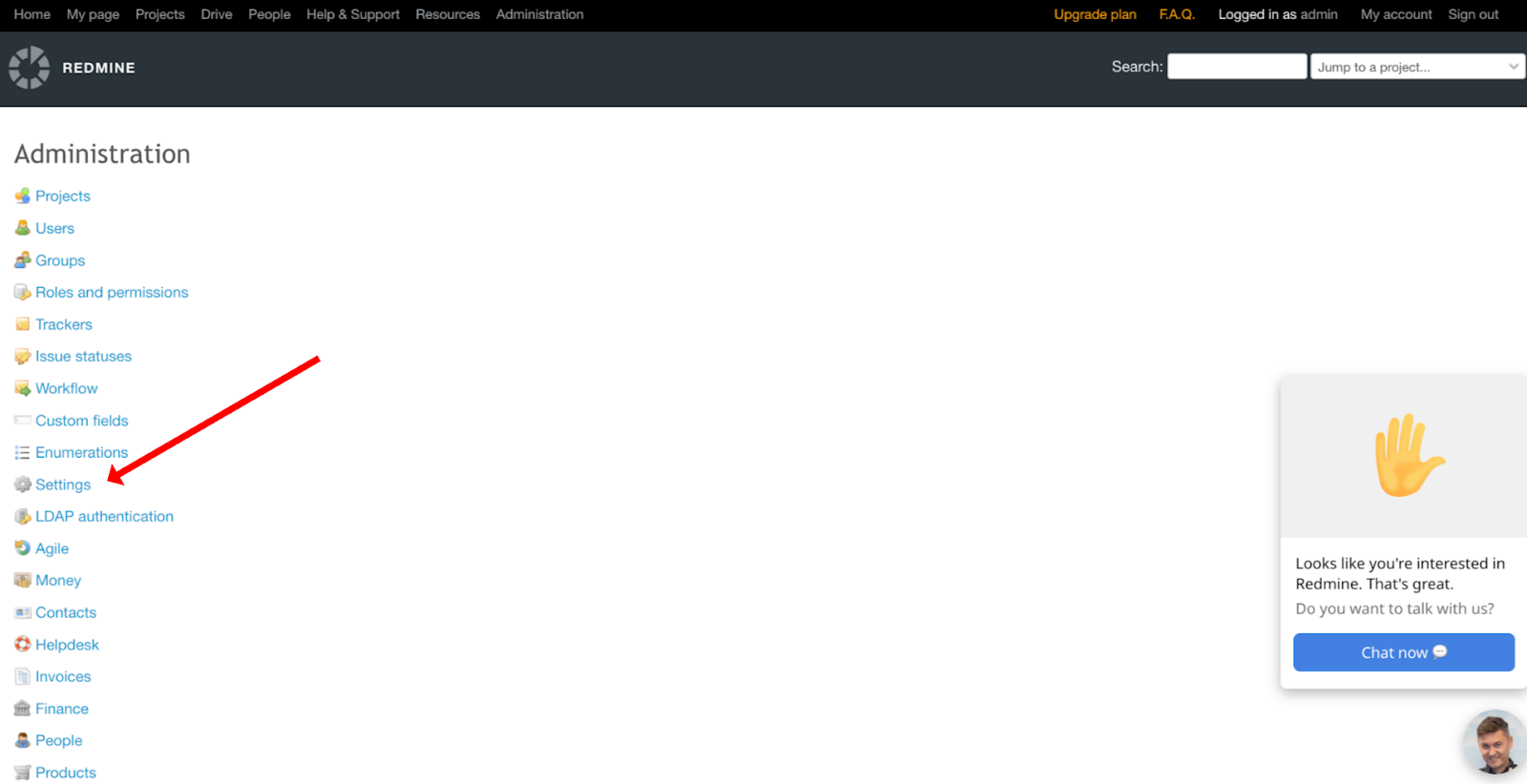

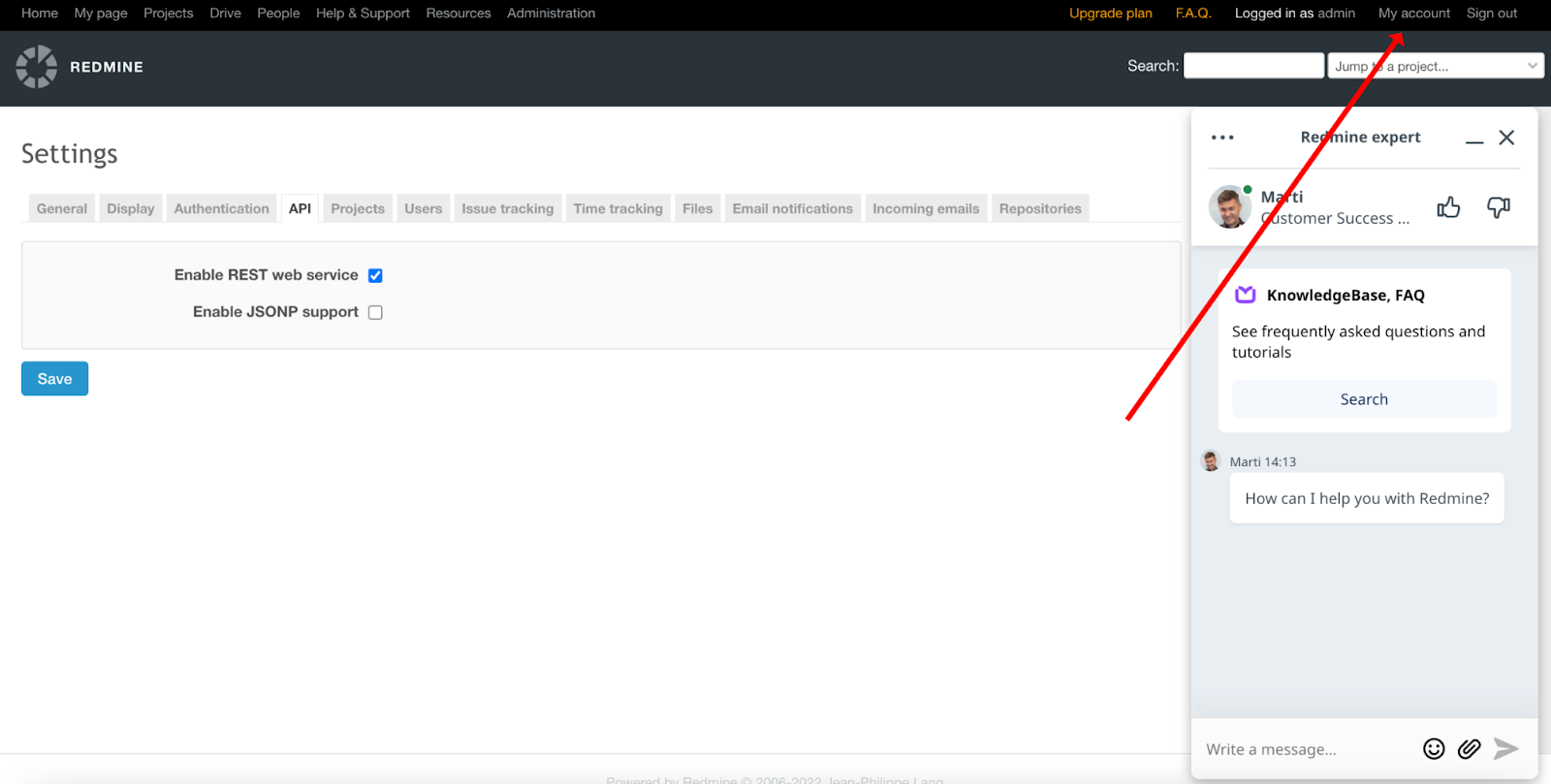

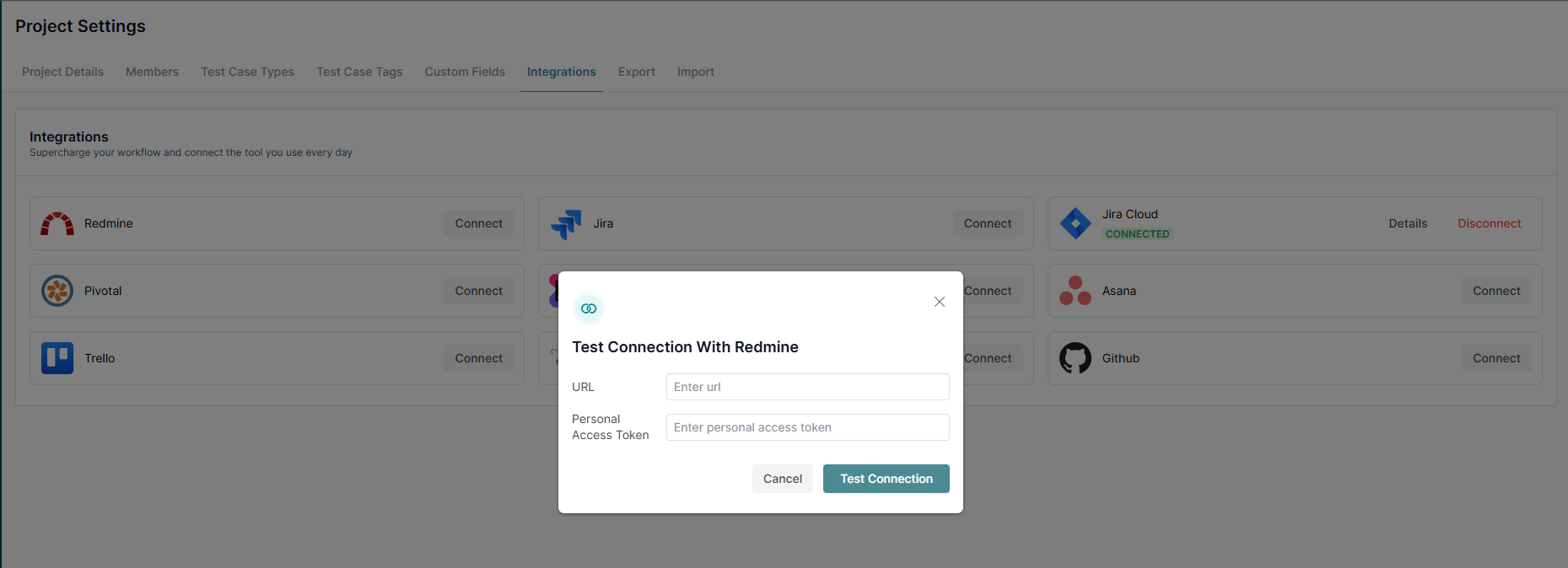











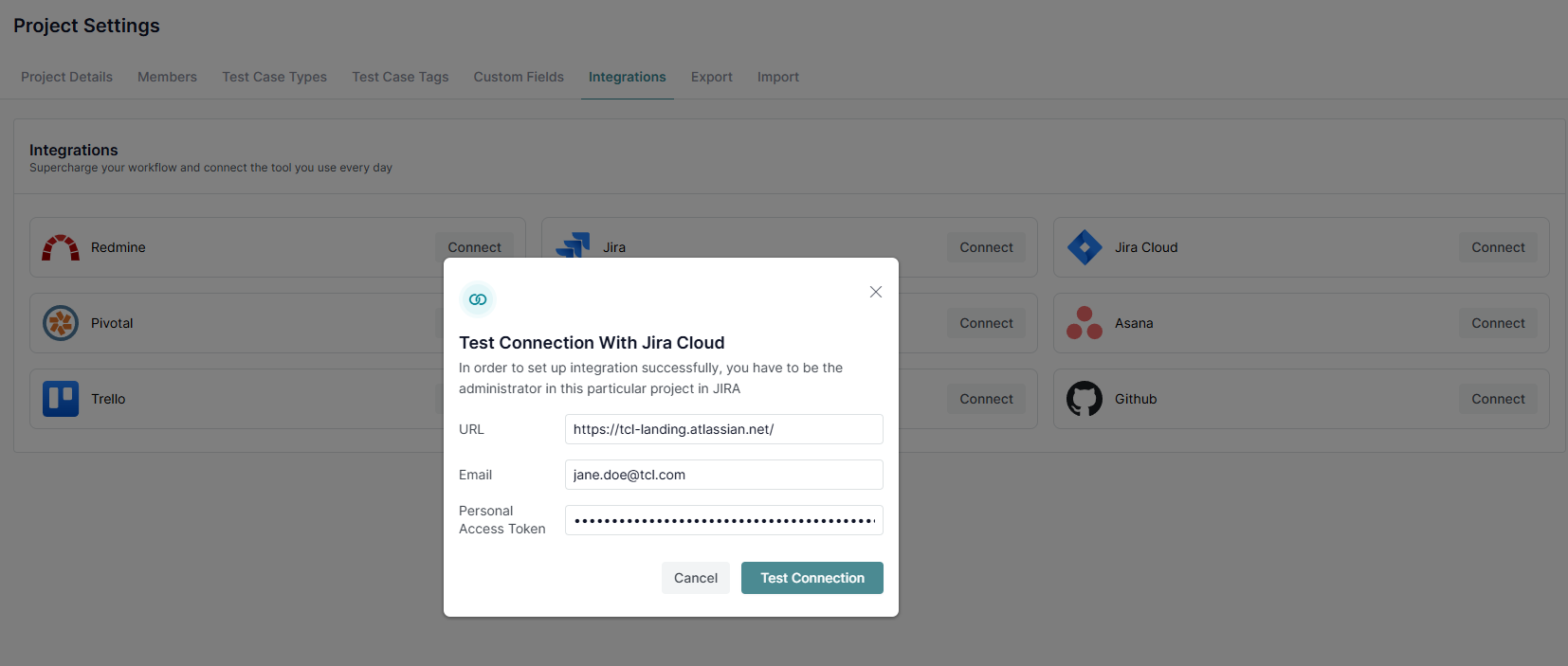





.png)



.webp)
